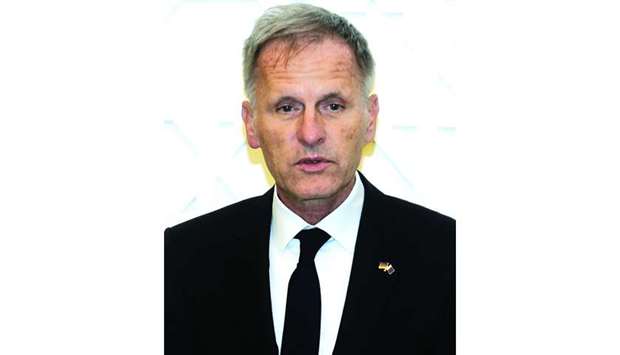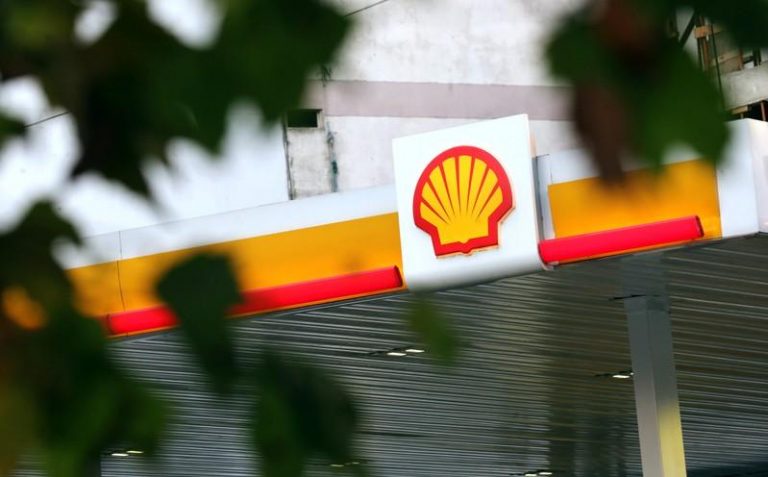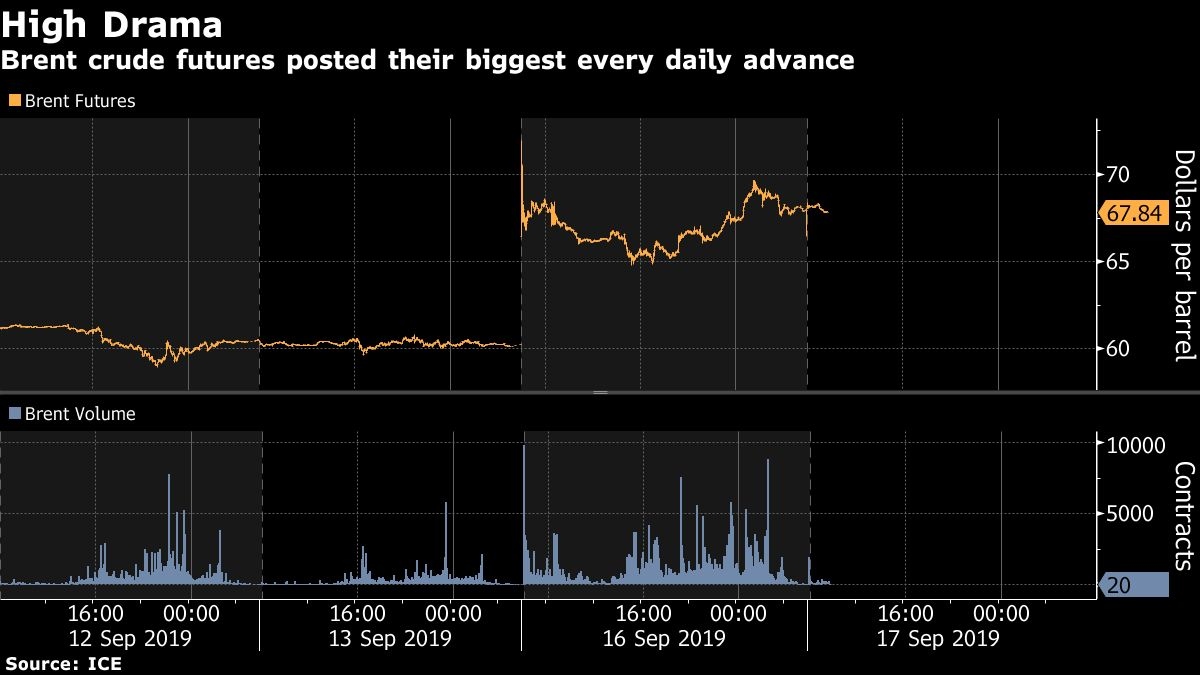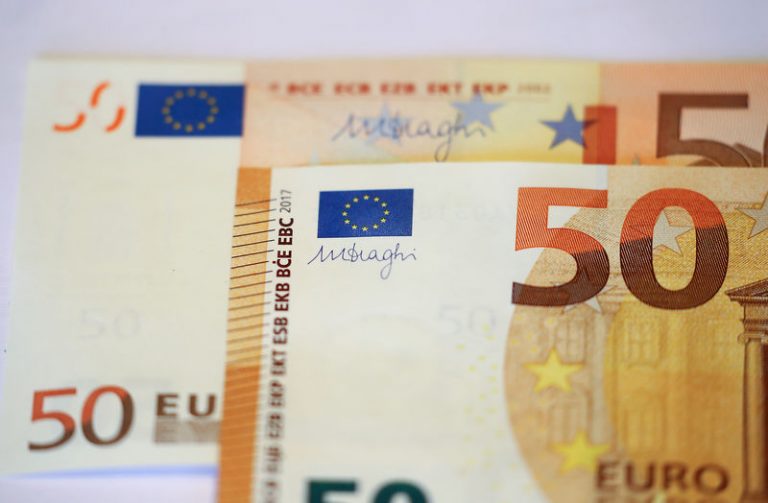Talks on track for Qatar-Germany LNG project: envoy

He said discussions with Qatar Petroleum (QP) are underway and that “there are ports in Germany that are tendering for the project.”
“Lower Saxony is where the ports are located and the home of Volkswagen. It is a very commercially active business state with ports on the North Sea coast, as well as the food chamber of Germany with a lot of agriculture-related and food processing industries. In this context, we are looking forward to have continued talks on the LNG terminal and other projects,” Muzel told reporters on the sidelines of a recent meeting.
In an earlier statement to Gulf Times, Muzel said Germany is looking to source some of its liquefied natural gas (LNG) needs from Qatar as part of the Western European country’s energy supply diversification plans.
“Germany is also actively looking at diversifying its energy supply and considering options to set up an LNG terminal. In this context, German companies are, of course, talking to Qatar Petroleum concerning the supply of LNG to Germany in the near future,” the ambassador said.
Quoting HE the Minister of State for Energy Affairs and QP president and CEO Saad Sherida al-Kaabi’s interview with business daily Handelsblatt in Berlin last year, Reuters reported that QP was in talks with German energy firms Uniper and RWE for the establishment of a local LNG terminal.
Reuters also reported an RWE spokesperson saying that discussions with QP were not about a shareholding in a potential German LNG terminal but potential gas deliveries to Germany.
Muzel also said the German embassy in Doha is also gearing up for the visit of Deputy Minister of Economics and Energy Thomas Bareiss on November 1 for the ‘Qatar IT Conference and Exhibition (2019)’.
Similarly, preparations are being made for the next official meeting of the Joint Task Force on Trade and Investment on the sidelines of the Doha Forum 2019 slated for December 14-15, the ambassador said.
“Qatar and Germany are keen to keep stronger political and economic relations,” Muzel said.
Asked about the status of the €10bn pledged by His Highness the Amir Sheikh Tamim bin Hamad al-Thani during the ‘Qatar-Germany Business and Investment Forum’ held in September 2018 in Berlin, Muzel said some of the funds would be utilised to spur further growth in the SME sector and in promoting young entrepreneurs through private sector expertise to steer the direction of the investments.
“There are key investments in many different sectors, and Qatar’s investments are very much welcome because they contribute a lot, and we have a great experience with Qatari investors,” Muzel added.











